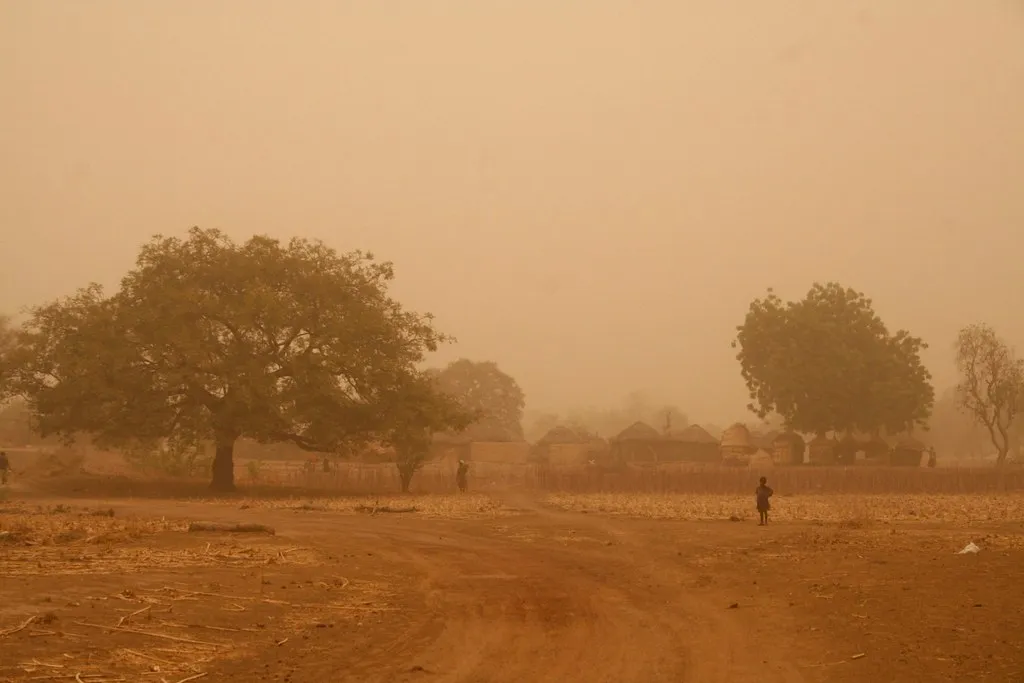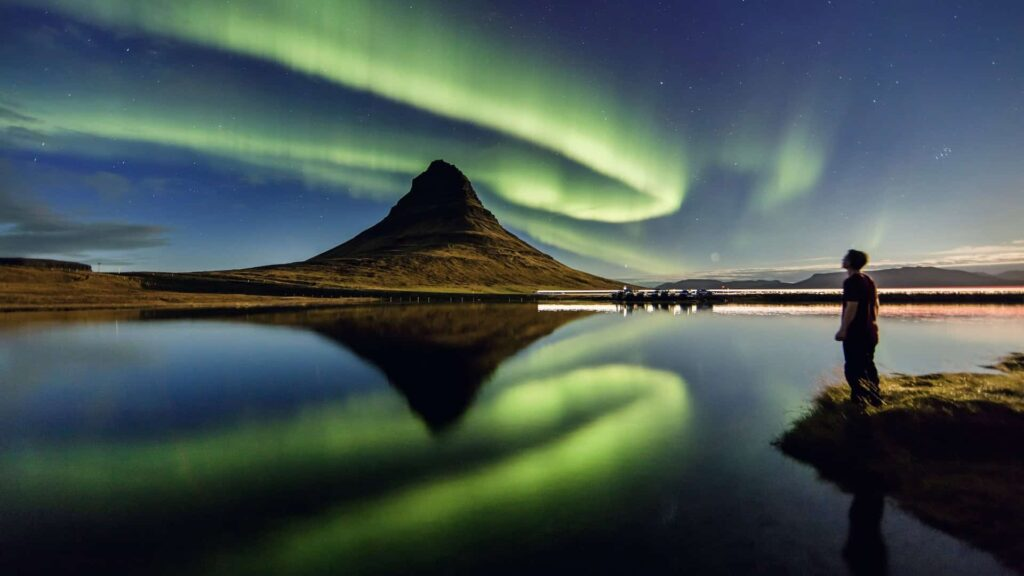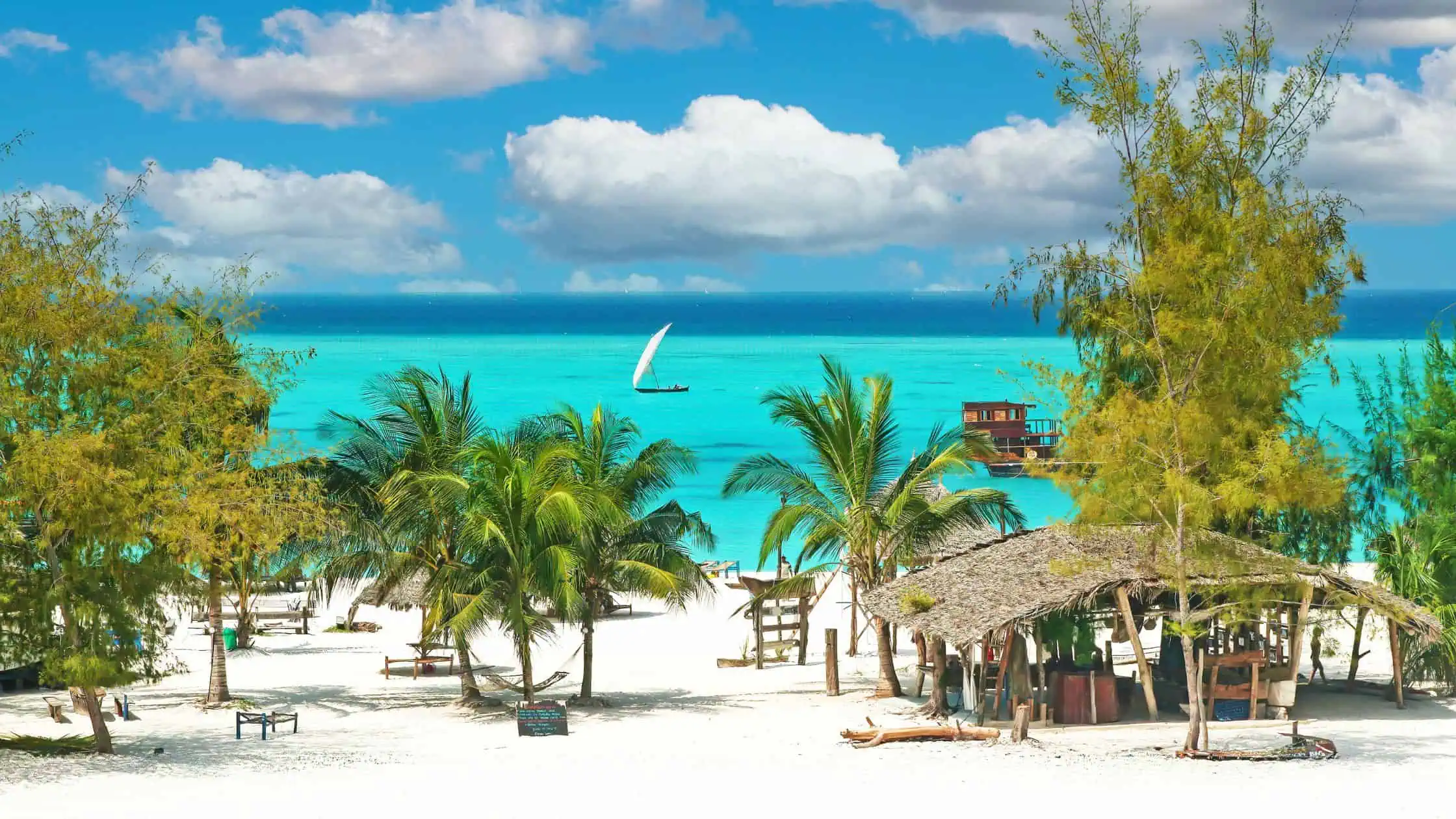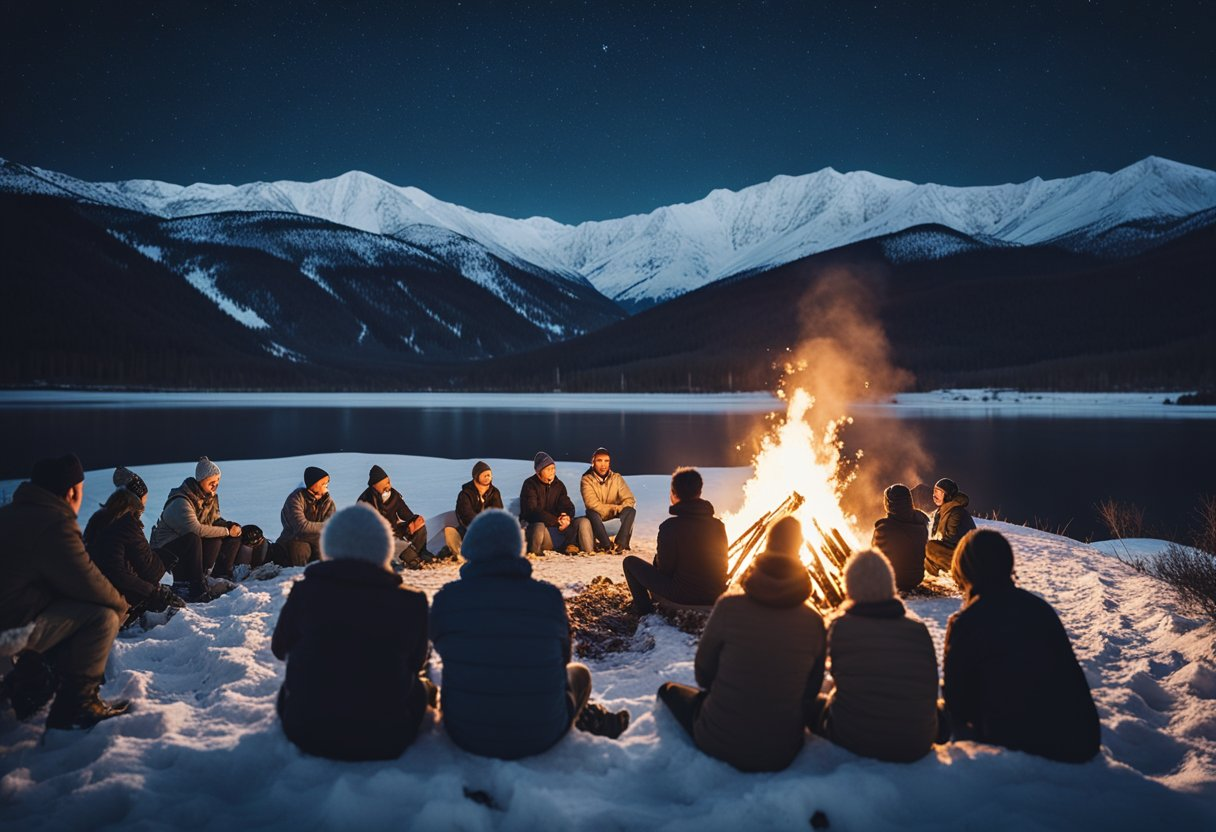Every January and February, Northern Ghana undergoes a dramatic seasonal shift—the Harmattan. This dry, dusty wind blows from the Sahara, transforming landscapes, temperatures, and daily life. From a geographical perspective, Harmattan reshapes perceptions of West African travel, offering a rare and compelling experience beyond lush savannas. By exploring this unique climatic window, seasoned travel writers and climatologists demonstrate expertise, revealing how atmospheric conditions become both a challenge and an inspiration for explorers and researchers alike.
For travelers who venture north during Harmattan, the experience can be unexpectedly mesmerizing. Mornings wrapped in haze-laden light, sunrises muted yet mystical, and days offering crisp, arid air that contrasts sharply with humid coastal climates—all combine to craft a sensory memory unlike typical tropical escapes. Local markets glow with ochre dust, trading aromas of shea butter and roasted groundnuts, while nearby dunes along the Sahel whisper stories of ancient trades. These immersive moments—with heartfelt voices from tour guides and nomadic communities—bring the phenomenon to life beyond mere meteorology.
To uphold authoritativeness and trustworthiness, the article can reference studies conducted by Ghana’s Meteorological Service and climate scholars tracking Harmattan patterns and its effects on air quality and public health. It might also quote travelers’ journals or interviews with local elders documenting how annual rhythms have guided everything from planting calendars to festival timing. By clearly citing these sources and weaving in verifiable data, the piece becomes a richly credible guide—one that informs readers while inviting them to discover West Africa’s hidden seasonal beauty.





